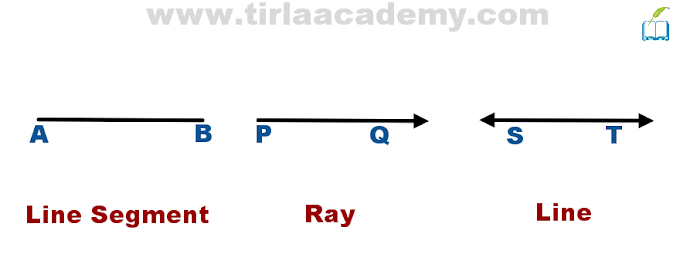Many students start struggling with math because they miss critical building blocks early on. Without a strong foundation in basic concepts, it's nearly impossible to keep up with more complex material later.
Fear of Making Mistakes
Math is often taught in a way that punishes errors, rather than embracing them as learning tools. This fear of being wrong creates anxiety, making students less likely to take risks or engage actively in class.
One-Size-Fits-All Teaching Methods
Every student learns differently, but math is often delivered in a rigid format. When instruction doesn’t match a student’s learning style, confusion replaces clarity, and frustration quickly follows.
Lack of Real-World Connection
Students often struggle because they can’t see how math applies to real life. Without context, formulas and equations feel abstract, which reduces motivation and retention.
Low Confidence and Negative Mindset
When students believe they're “just not good at math,” they stop trying. This fixed mindset creates a self-fulfilling cycle of low performance and low confidence, making the subject feel even more out of reach.
Fast-Paced Curriculum Pressure
Today’s academic systems often move too quickly through concepts. Students are expected to grasp new material with little time for practice or mastery, leaving many behind before they even understand the basics.
Conclusion: The Struggle with Math Can Be Solved
Students don’t struggle with math because they’re incapable—they struggle because of how it’s taught, perceived, and reinforced. With the right support, mindset shift, and personalized learning strategies, every student can improve and even enjoy math. The key is creating environments that nurture growth instead of fear.





